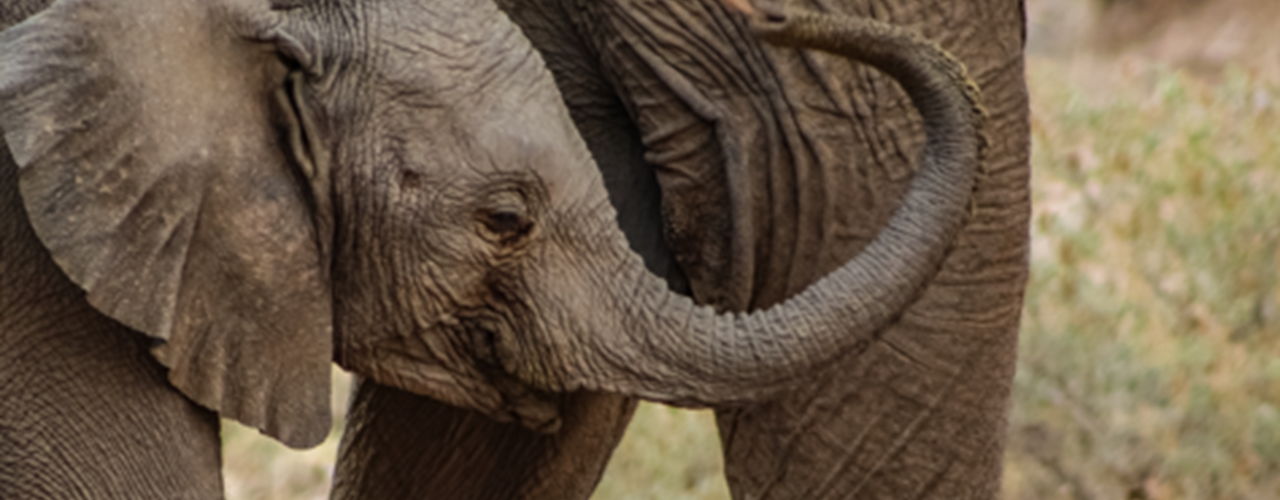Aggies in Namibia
Last month I was fortunate enough to take a trip of a lifetime, studying photojournalism and applied agricultural theories in Namibia, a study abroad program offered through the Agriculture Leadership, Education and Communication Department here at Texas A&M. The semester leading up to our departure was full of lectures and field days, sharpening our photography skills and learning more about the history, agriculture and climate of Namibia. There were six stops on our itinerary covering a span of almost three weeks.
Windhoek:
Windhoek, the capital of Namibia, was our first city on the list. Home to over thirty thousand residents, Windhoek is the epicenter for industrialism, agriculture and politics for the nation. This city is very diverse, yet stratified at the same time with far-reaching skyscrapers on one side and tin shacks on the other. However, just 30 minutes outside of town, tucked away in the hills was Heja Lodge. That is where our journey began.
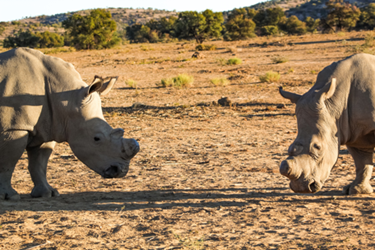
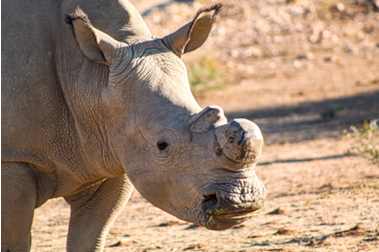
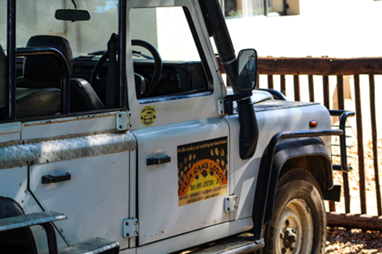
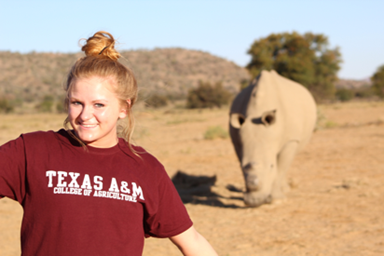
After landing in Namibia, our first order of business was a game drive. Along the way, we came across a pair of white Rhinos. We soon learned these beasts were monitored 24/7 and boasted shaved horns in order to prevent poaching—one way the locals are protecting this dwindling species.
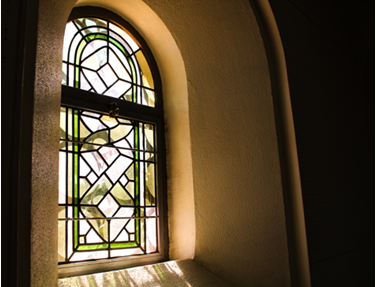
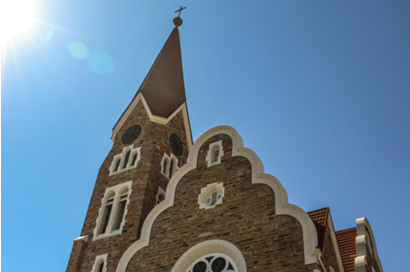
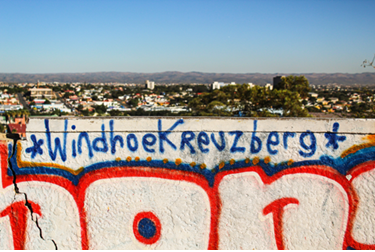
When touring Windhoek, we began by visiting a graffiti-riddled outlook which provided a full view of the city layout, highlighting the drastic contrasting sides. From there we drove through the capital, stopping at landmarks such as this old Lutheran church dressed with beautiful stain glass and German architecture, known as Christ Church.
Waterberg:
Set aside as a nature reserve in 1972, Waterberg Plateau’s lush vegetation and limited accessibility have made it the perfect place for relocating endangered and threatened species. At just a little over 600 feet tall in some areas, Waterberg’s jagged cliffs deter poachers while allowing rare species such as the Cape buffalo to survive. As populations increase, officials reintroduce wildlife into other parks to repopulate the land.
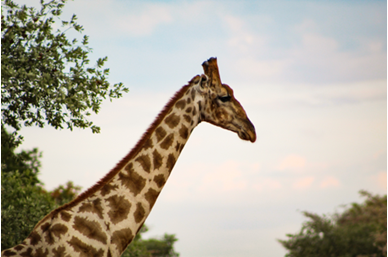
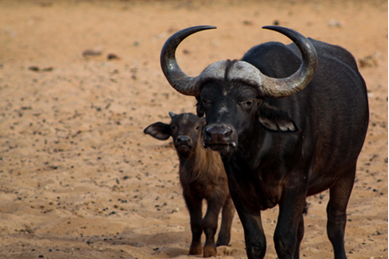
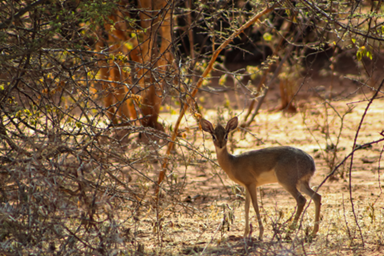
Unfortunately, we only spent one night in Waterberg. However, our group spotted a handful of wildlife during our short stay, including the Cape buffalo.
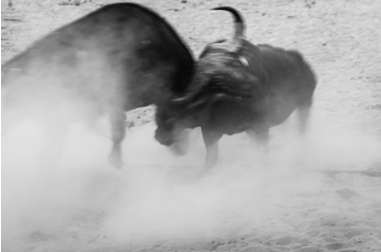
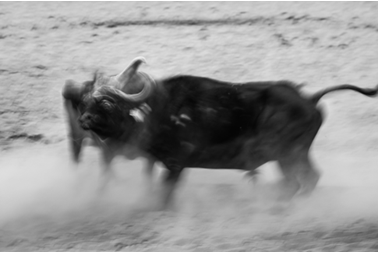
Then, we experienced the unthinkable—two bulls in an all-out brawl just a few feet from the blind we were in! Fun fact, Cape buffalo have very thick skin (two inches in some cases) on their necks for situations just like this.
Etosha National Park:
Meaning “Great White Place” in a local language, Etosha lays on a very large white salt pan and is considered one of the best places to see African wildlife. This national park was once known as the largest in the world but has since been reduced to just over eight thousand square miles. Due to many conservation efforts, Etosha is teaming with extremely diverse and abundant wildlife.
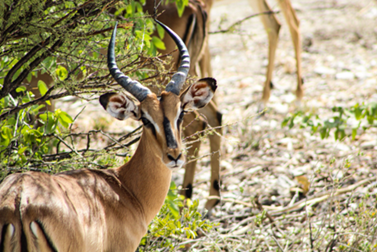
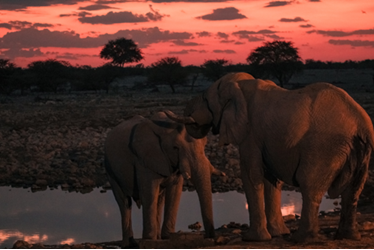
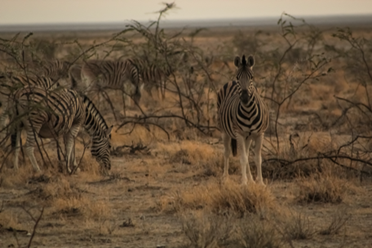
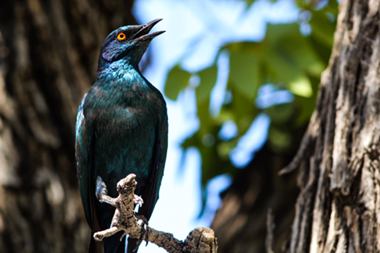
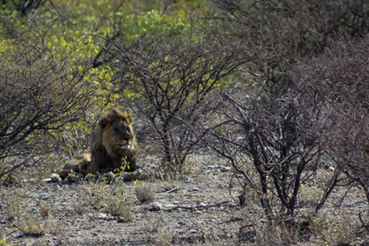
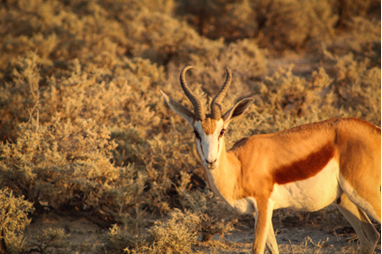
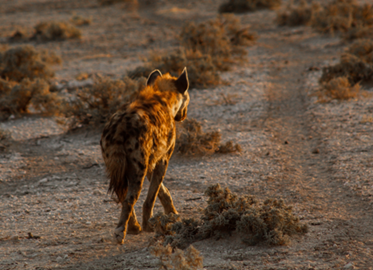
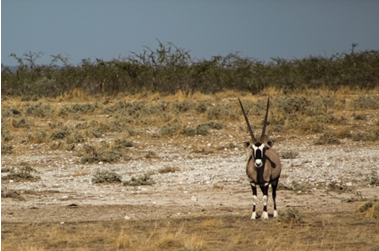
From elephants at sundown to hundreds of African antelopes and a hyena at sunrise, the sheer amount of wildlife we saw while staying in Etosha was a complete dream. It is easy to see why some of the most resilient of species reside in Namibia. Even in the worst of drought conditions, these animals thrive.
Farm Habis:
Just outside the town of Karibib situated in the marble and granite hills of the Erongo Region, stands Farm Habis, a family-owned cattle ranch.
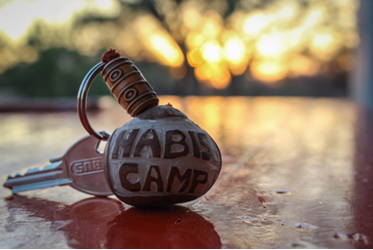
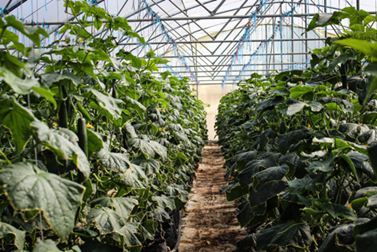
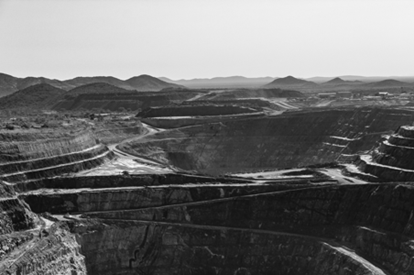
Camping at night and exploring agricultural enterprises during the day, we spent five days on and around Farm Habis learning about Namibian industries. The farm soon became a home-away-from-home for our small group! During our stay, we visited a local open-pit mine, a fruit and vegetable farm in a nearby community and spoke with city officials about their endeavors to improve the area and mitigate the intense drought.
Twyfelfontein:
Named a World Heritage Site, Twyfelfontein which translates to “doubtful fountain” is located in the rocky desert of northwestern Namibia. It is home to approximately 2,000 rock carvings as well as the native Damara people. Many desert elephants roam the land, going up to three days without water and are known to walk up to 50 plus miles for a drink. The majority of Namibia, including Twyfelfontein, is recognized across the globe as one of the premier places to stargaze.
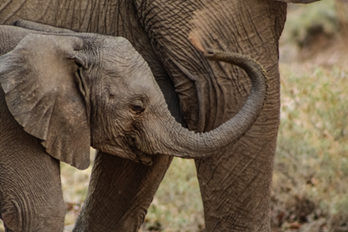
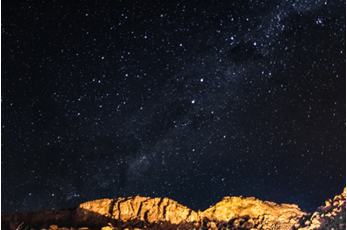
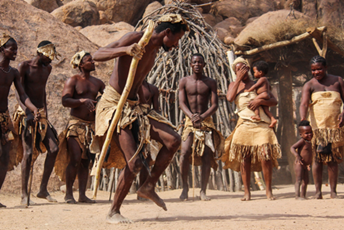
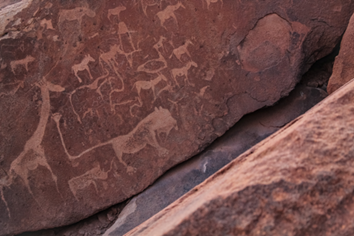
Of all our stops, Twyfelfontein was my favorite. From witnessing history as it once was to singing the Aggie War Hymn with the Damara people, to viewing the crispest night sky, to driving through a heard of desert elephants—each moment of our stay was more magical than the last.
Swakopmund:
Surrounded by sand dunes on one side and the Atlantic on the other, the city of Swakopmund is a key tourism destination in Namibia with many historical and adventurous activities. It is also closely located to Walvis Bay, home to the Cape Cross Seal colony and the Walvis Bay Lagoon, an area often frequented by flamingos and other exotic bird species.
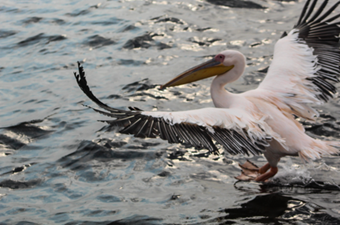
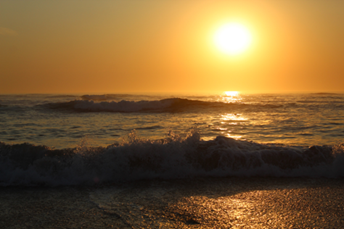
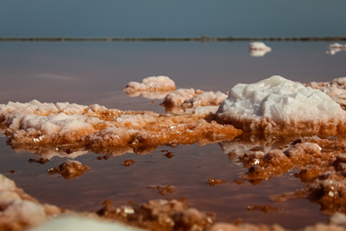
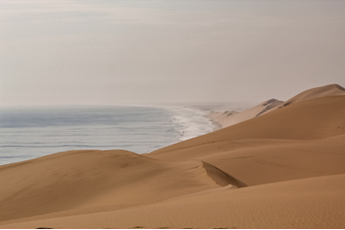
Swakopmund was the perfect close to our trip. After touring the bay and learning about seals, dolphins and oysters, we hopped in a fleet of cars and drove through the duns which dropped off into the sea. Along the way, we learned about the lagoon as well as the pink salt dams of Walvis Bay.
In retrospect:
From start to finish, this trip was full of new experiences and knowledge gained. I truly believe that my outlook on the world has shifted. Unfortunately, there are countless stories and adventures still to tell but this could easily become a novel if I share them all at once. In the end, I am beyond grateful for this opportunity as well as the support I gained before and throughout the trip.
This would be no Aggie trip without a little yell practice. Check out this 360 video (use the arrows at the top to spin the camera view) of our crew demonstrating some of our Aggie culture to the Damara people.
--
The Texas A&M Natural Resources Institute grants permission for authors, readers and third parties to reproduce and republish materials from its blogs, publications and online products through permission requests to NRI Communications at nri@tamu.edu. This includes the use of figures, maps, photography and video media. If you have questions about permissions, please contact Brittany Wegner.



